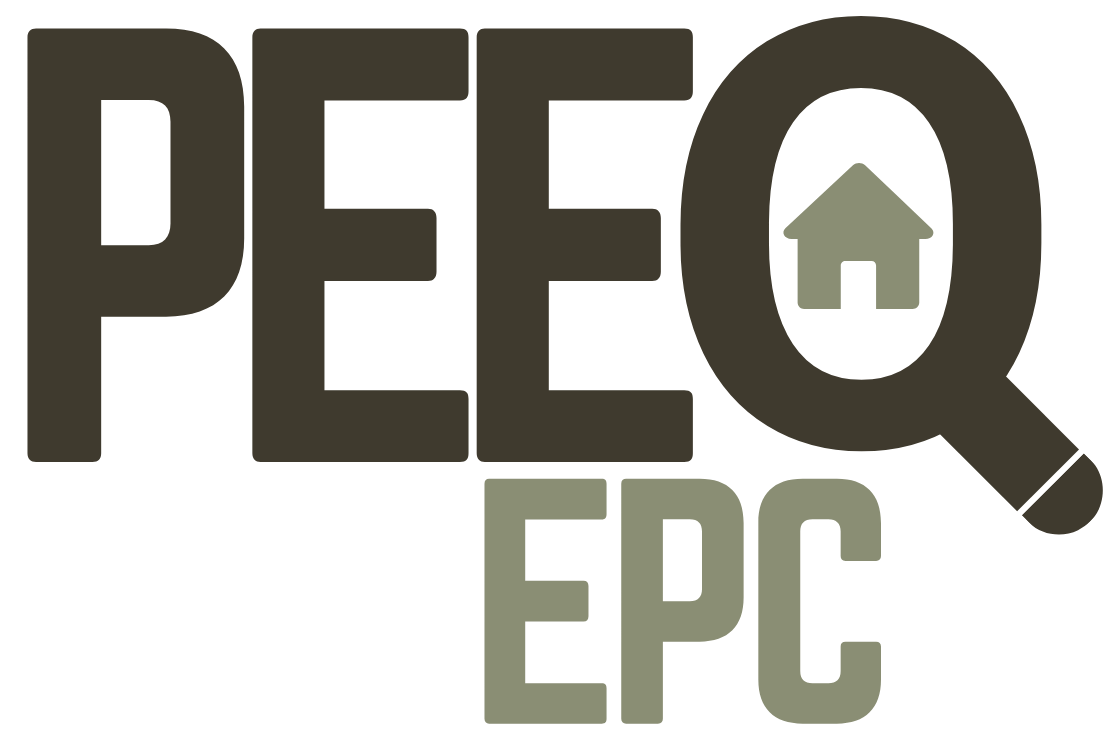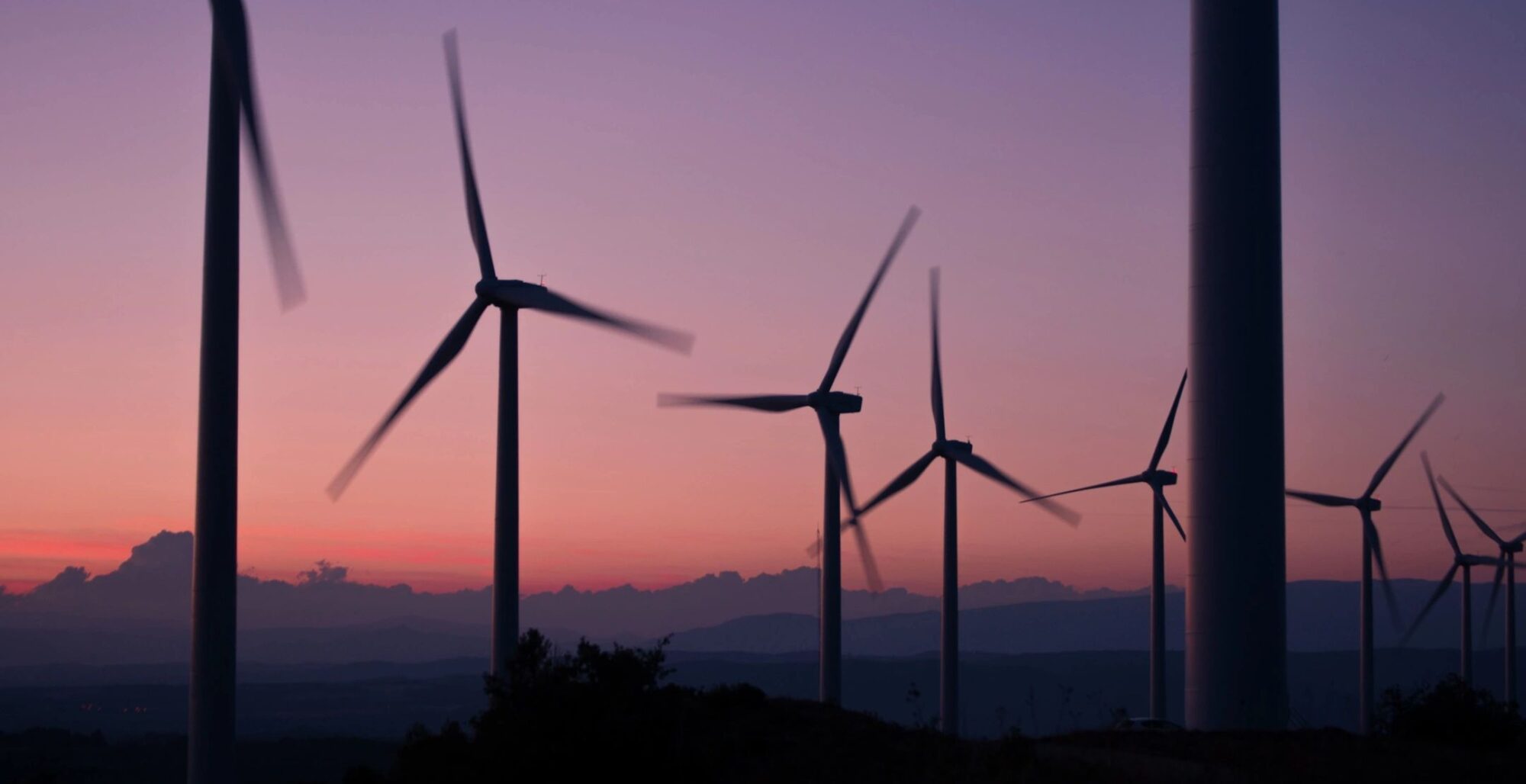We all know EPCs are becoming more important – not just for ticking compliance boxes, but for saving on bills, attracting buyers, and making homes fit for the future.
So when Rightmove dropped their latest Greener Homes Report, I grabbed a coffee and sat down for a read. And while some of it makes for encouraging reading, there’s also a very clear message: we’re not moving fast enough – and the gap between the “green haves” and “green have-nots” is getting wider.
Here are the key takeaways – minus the fluff and stats overload.
🏘️ Progress? Yes. Pace? Not really.
Only 43% of properties for sale currently have an EPC rating of C or above, up just 2% from last year. Rentals are slightly better at 55%, but still – it’s a long road ahead.
To put it bluntly, 18 million homes in the UK still need upgrading to hit a C rating. That’s more than half of the total housing stock. At current rates of improvement? We’re looking at 30 years to get there.
💰 The Green Wealth Divide
One of the report’s standout findings is what they call the “green wealth divide.”
Here’s what that means:
- Half of homes worth £1 million+ have significantly improved their EPC rating since the last one.
- Only 32% of homes under £400k have done the same.
It’s not rocket science – if you’ve got the money, you can afford solar panels, heat pumps, battery storage, and triple glazing. If you haven’t, you’re stuck worrying about the cost of loft insulation or LED bulbs.
🔌 Renters Want Green Homes – But Can’t Find Them
Interestingly, renters are actually more vocal than homeowners when it comes to wanting energy-efficient homes.
- 93% of renters say it’s important to understand their home’s efficiency.
- 80% say it’ll influence their next move.
But only 40% of rental houses under £1,250pcm have an EPC C or above.
There’s also growing concern that upcoming EPC C minimum requirements for landlords by 2030 could backfire – pushing up rents, or worse, leading some landlords to sell up entirely.
🔋 Cost vs Benefit
Energy bills remain the biggest motivator. A home with an EPC rating of F has an average bill of £4,312 a year, compared to £1,681 for a C-rated home.
That’s a £2,600+ difference every year – so it’s no wonder 81% of home-movers say they’d consider green upgrades to save on bills.
But here’s the catch: the average cost to upgrade a property to C is £10,907. That upfront spend is a massive blocker – especially for people in lower-value homes or those without access to grants, green mortgages or proper advice.
🔧 So What Needs to Happen?
Rightmove makes a few solid recommendations:
- Grants or long-term low-interest loans for properties under £400k
- Stamp duty rebates if green upgrades are made post-purchase
Offsetting improvement costs against income tax (for landlords) - More and better green mortgage products
I’d add one more: better, simpler guidance for homeowners. Right now, lots of people don’t know where to start – and that’s something we try to fix here at Peeq EPC every day.
Final Thought: It’s Getting Serious Now
The message is clear: energy-efficient homes aren’t a nice-to-have anymore – they’re a must. Whether it’s for your wallet, your resale value, or the planet.
If you’re planning to move, rent, or simply want a clearer picture of your home’s current energy performance, an EPC is a great place to start. And with the new RdSAP 10 changes landing in June, the reports will soon provide even more detail.
If you’d like to book an EPC or have any questions about the upcoming changes, we’re always happy to help.
You know where to find us 👇
📧 epc@peeqproperties.com
📞 01582 216006
🌐 peeqepc.com

